GPCR/G protein

All GPCRs share a common seven trans-membrane structure. GPCRs are associated with heterotrimeric G-proteins which are GTP-binding proteins made of alpha, beta, and gamma subunits. When a ligand binds to GPCR, it activates the attached G-protein, the GDP is replaced with GTP. The activated G-protein then dissociates into an alpha and a beta-gamma complex which activates downstream signaling pathways. These intracellular signaling pathways include cAMP/PKA, calcium/NFAT, phospholipase C, protein tyrosine kinases, MAP kinases, PI-3-kinase, nitric oxide/cGMP, Rho, and JAK/STAT.
GPCRs are one of the most important therapeutic targets for various diseases, over 30% of all modern medicinal drugs target this family. Aberrant GPCR functions are involved in pathological conditions such as neurological, immunological and hormonal disorders. A large number of GPCRs have been identified, but whose ligands are not known, are classified as orphan receptors.
-
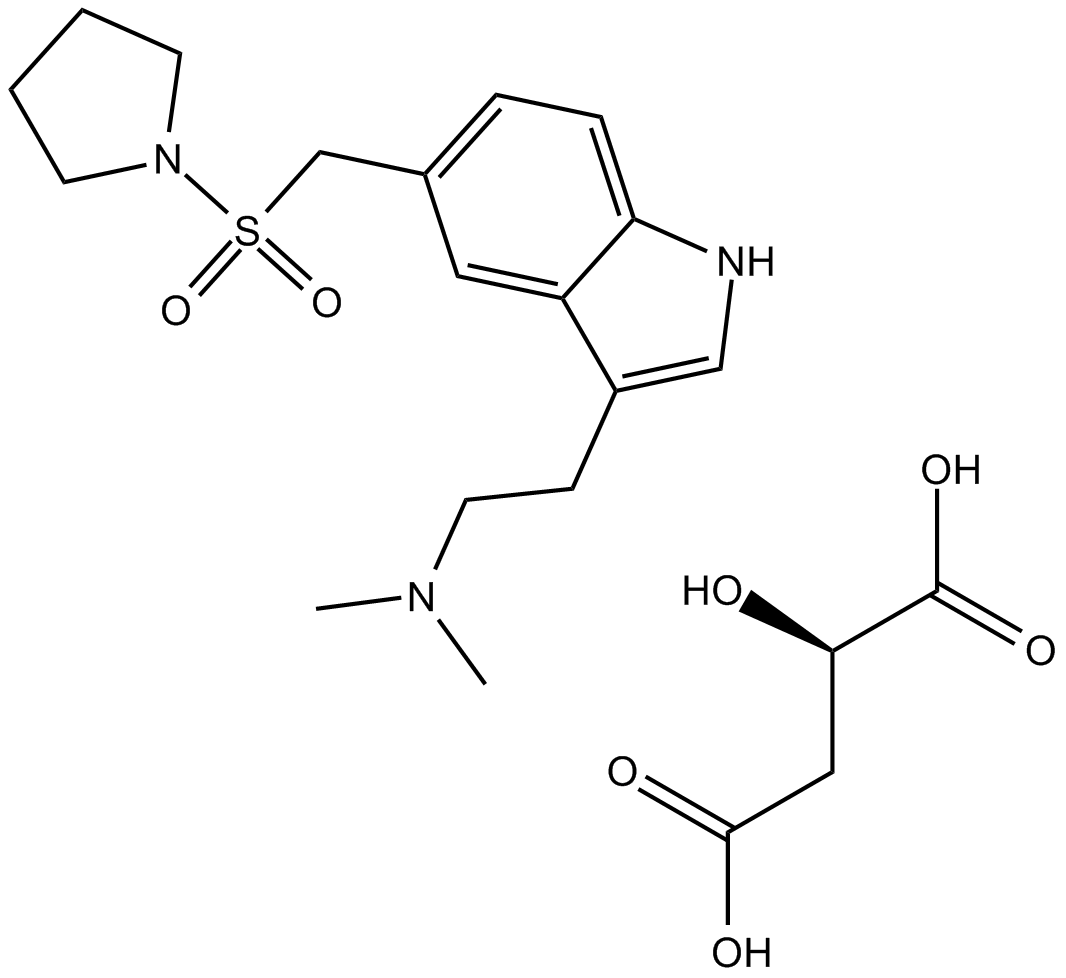 B2243 Almotriptan MalateSummary: 5-HT1B/1D-receptor agonist
B2243 Almotriptan MalateSummary: 5-HT1B/1D-receptor agonist -
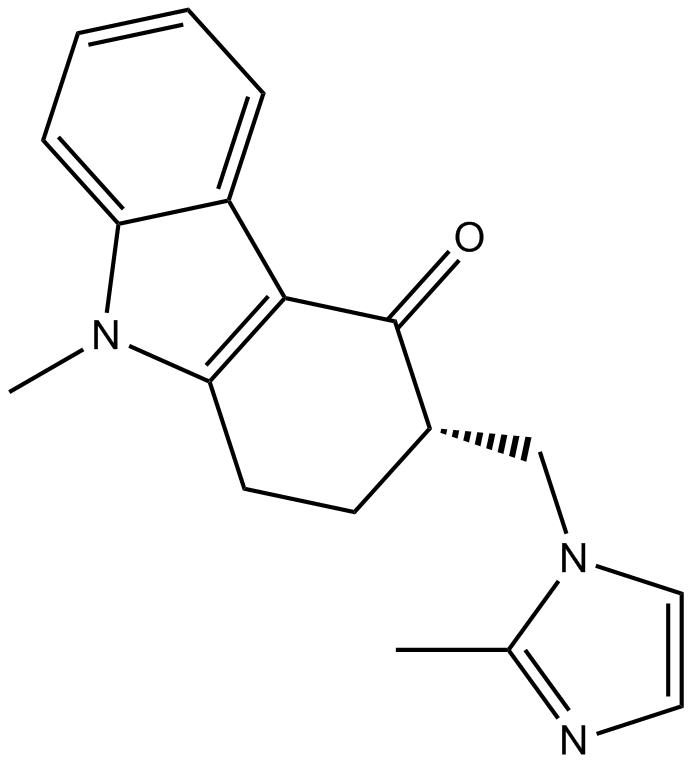 B2241 OndansetronTarget: 5-HT3 ReceptorsSummary: serotonin 5-HT3 receptor antagonist
B2241 OndansetronTarget: 5-HT3 ReceptorsSummary: serotonin 5-HT3 receptor antagonist -
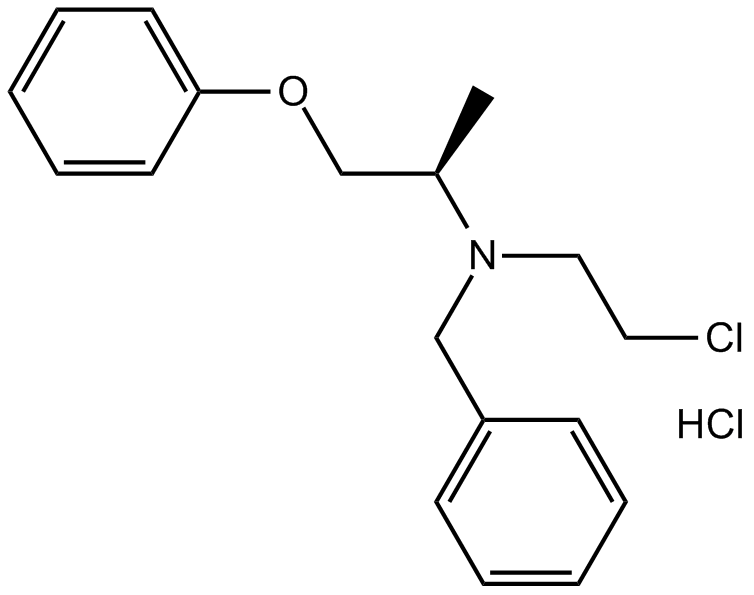 B1343 Phenoxybenzamine HClSummary: Adrenergic receptor antagonist
B1343 Phenoxybenzamine HClSummary: Adrenergic receptor antagonist -
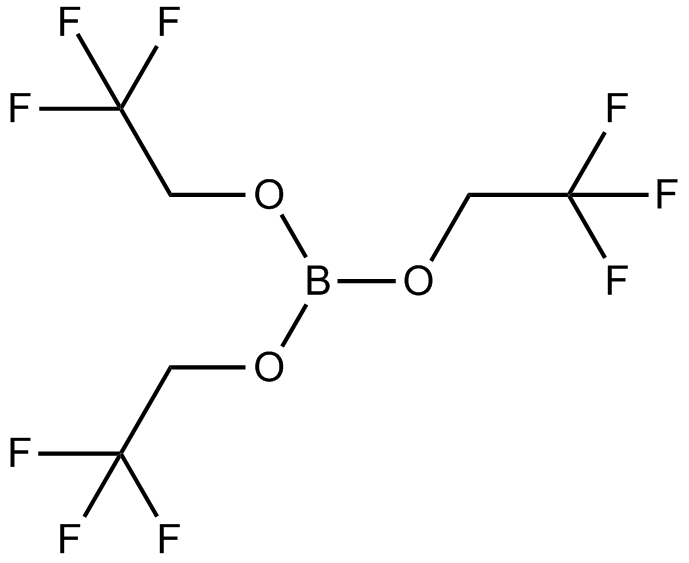 B1352 BetaxololSummary: βadrenergic receptor blocker
B1352 BetaxololSummary: βadrenergic receptor blocker -
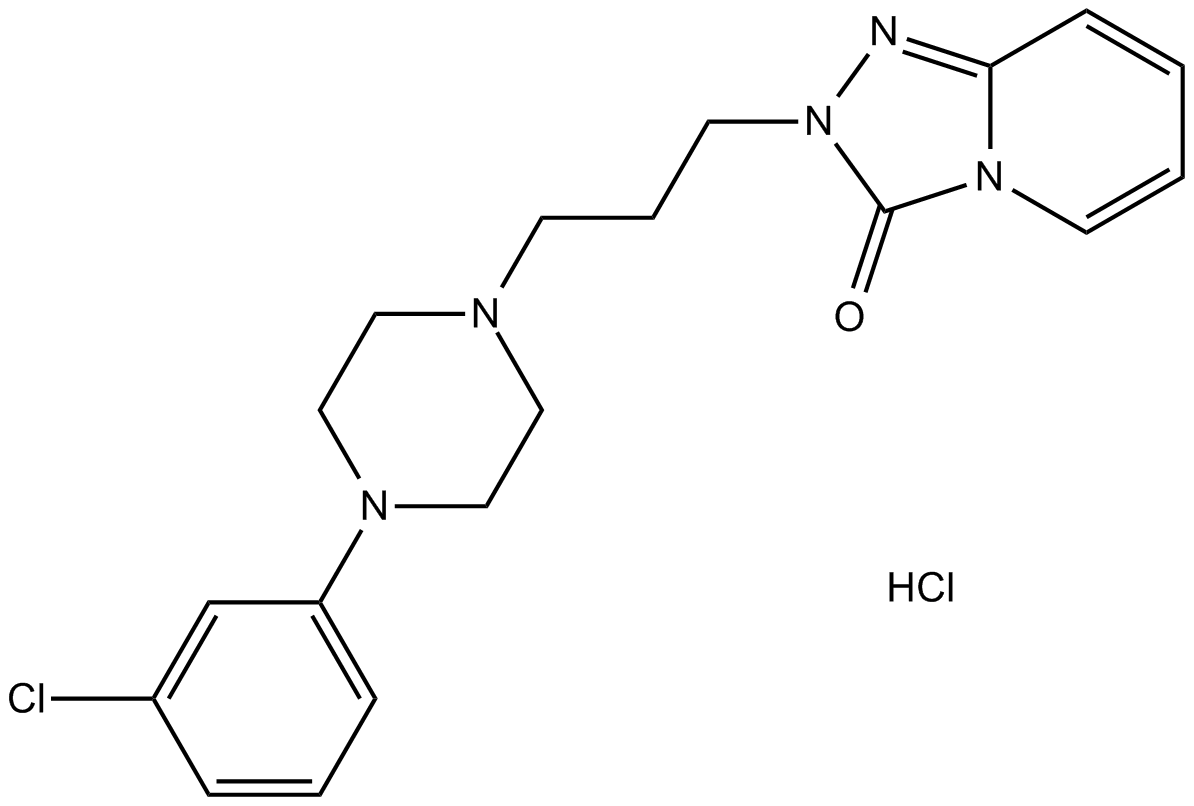 B2230 Trazodone HClSummary: 5-HT receptor antagonist
B2230 Trazodone HClSummary: 5-HT receptor antagonist -
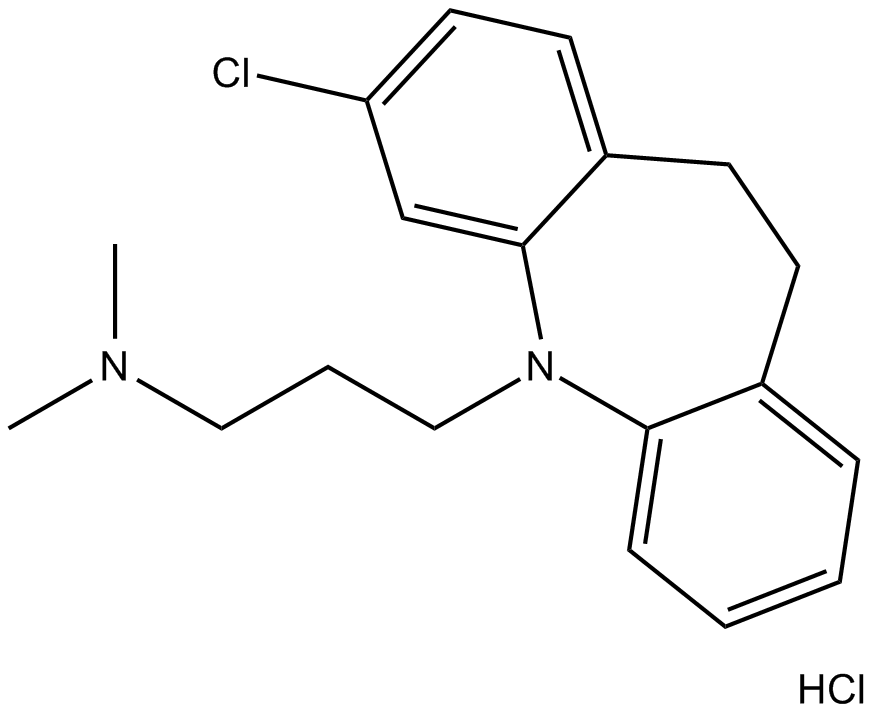 B2234 Clomipramine HClSummary: SERT/NET dopamine transporter (DAT) blocker
B2234 Clomipramine HClSummary: SERT/NET dopamine transporter (DAT) blocker -
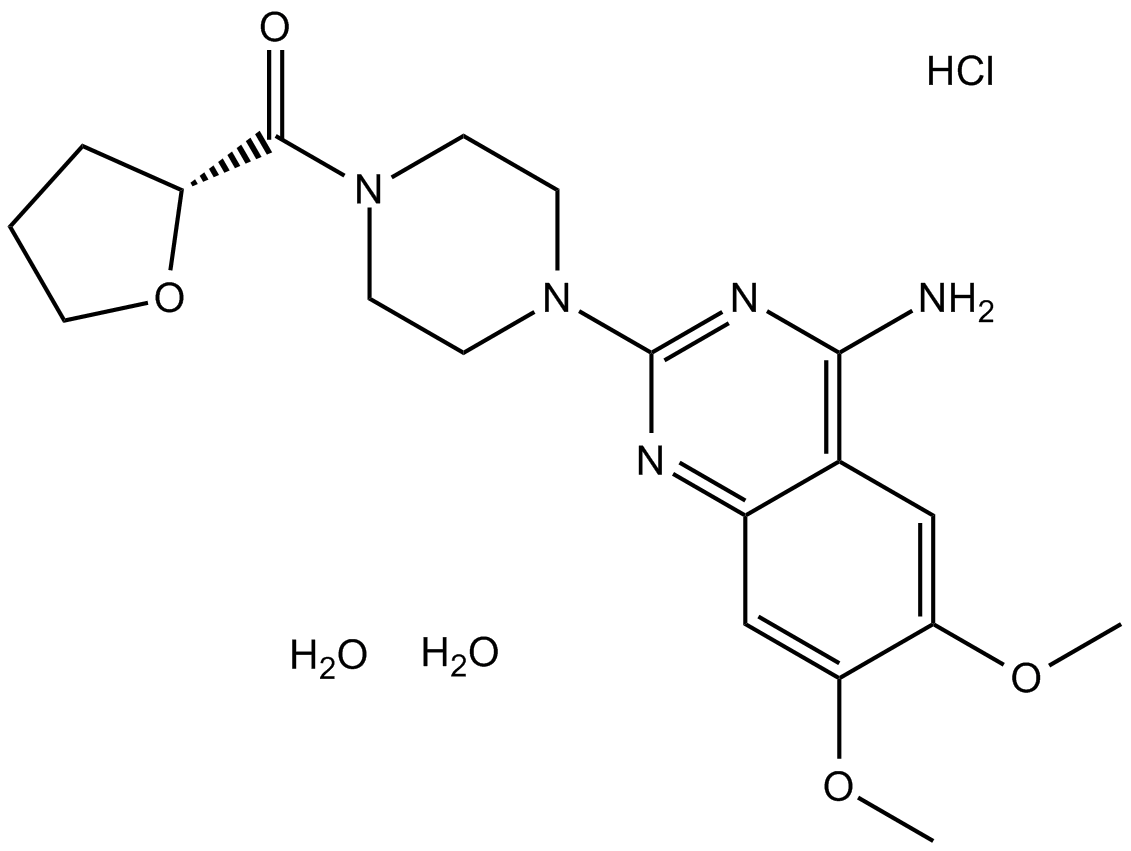 B1365 Terazosin HClSummary: Selective α1-adrenoceptor antagonist
B1365 Terazosin HClSummary: Selective α1-adrenoceptor antagonist -
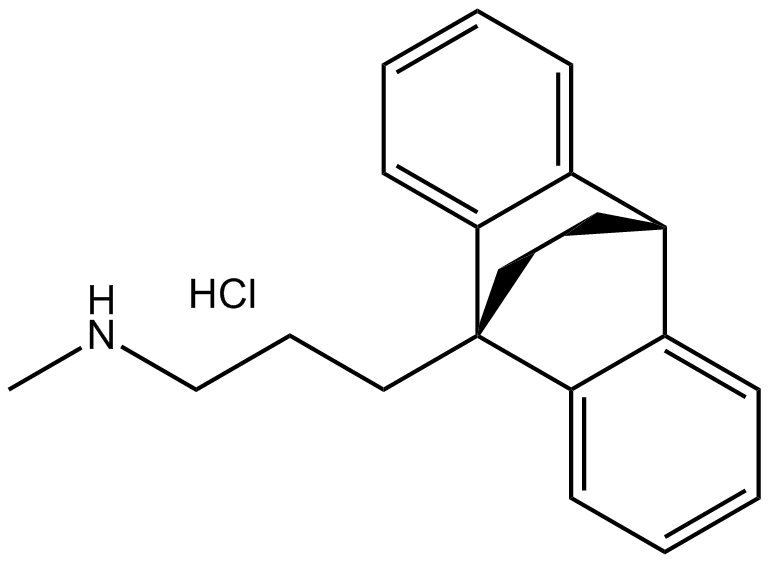 B1338 Maprotiline HClSummary: Selective noradrenalin re-uptake inhibitor
B1338 Maprotiline HClSummary: Selective noradrenalin re-uptake inhibitor -
 B2242 Urapidil HClSummary: α1-adrenoceptor antagonist and 5-HT1A receptor agonist
B2242 Urapidil HClSummary: α1-adrenoceptor antagonist and 5-HT1A receptor agonist -
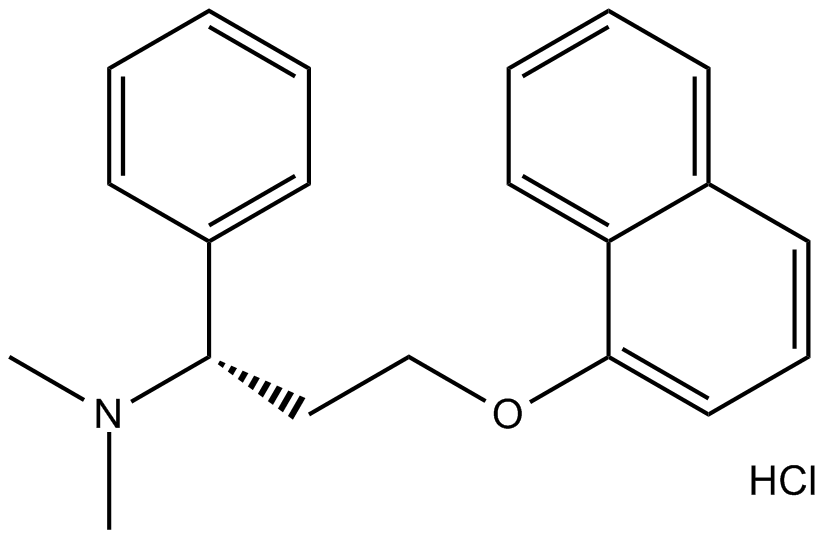 B2264 Dapoxetine HClSummary: Selective serotonin reuptake inhibitor
B2264 Dapoxetine HClSummary: Selective serotonin reuptake inhibitor

